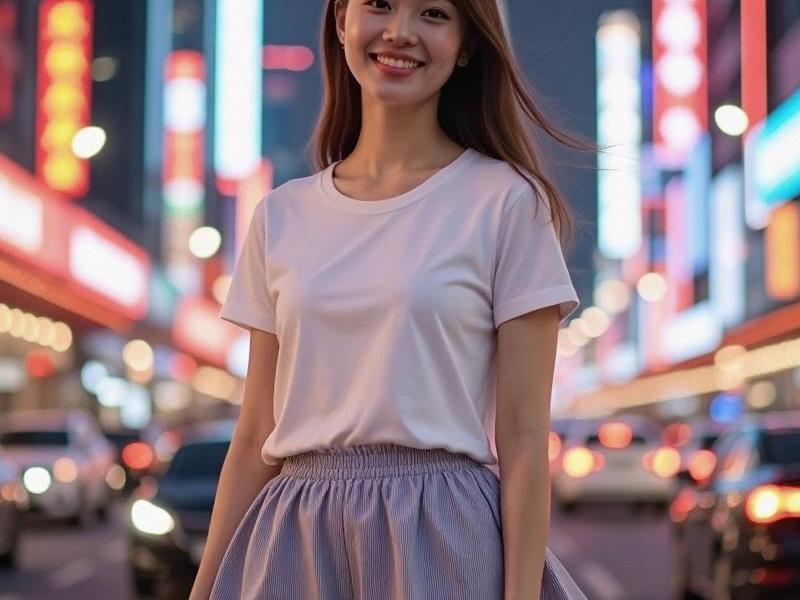The Neon Renaissance: Shanghai's Entertainment Venues in the Post-Pandemic Era
⏱ 2025-06-21 00:40 🔖 爱上海龙凤419
📢0℃

The Neon Renaissance: Shanghai's Entertainment Venues in the Post-Pandemic Era
The glow of Shanghai's entertainment district shines brighter than ever in 2025, as the city's venues have transformed from simple pleasure palaces into sophisticated cultural hubs that mirror China's rising global influence.
Historical Context
Evolution timeline:
• 1920s: Jazz age decadence along the Bund
• 1980s: Disco culture introduction
• 2000s: Superclub globalization
• 2020-2023: Pandemic survival adaptations
• 2024-2025: Technological renaissance
Market Segmentation
Current venue categories:
1. Ultra-luxury clubs (Bund area)
2. Thematic cocktail bars (Former French Concession)
3. Hybrid entertainment complexes (Pudong)
4. Traditional teahouse revivals (Old City)
5. Underground music venues (M50 district)
上海龙凤419会所 Technological Integration
Innovative implementations:
- Holographic DJ performances
- AI-powered mixology systems
- Biometric payment solutions
- Augmented reality dance floors
- Smart air purification systems
Regulatory Landscape
2025 policy framework:
✓ Stricter licensing requirements
✓ Enhanced safety protocols
✓ Noise pollution controls
✓ Alcohol service limitations
✓ Cultural content reviews
Economic Impact
Key statistics:
- ¥52 billion annual revenue
爱上海同城对对碰交友论坛 - 38% foreign tourist participation
- 28% year-on-year growth
- 135,000 direct employees
- 62% occupancy rates (weekends)
Cultural Significance
Social functions:
• Expat community hubs
• Creative industry networking
• Cross-cultural exchange
• Youth subculture expression
• Business entertainment
Consumer Trends
2025 patron preferences:
→ Experiential over excessive
→ Quality over quantity
→ Privacy-focused spaces
→ Health-conscious options
上海龙凤阿拉后花园 → Local-global fusion concepts
Challenges and Solutions
Industry pain points:
- Staffing shortages → Automation solutions
- Rising costs → Premium positioning
- Competition → Niche specialization
- Regulations → Compliance technology
- Gentrification → Cultural preservation
Future Projections
2026-2030 developments:
• Sustainability initiatives
• Micro-entertainment districts
• Digital-physical hybrids
• Heritage venue revivals
• Wellness-integrated concepts
From the jazz-age glamour of Peace Hotel to the quantum-computing-powered light shows of Huangpu's newest mega-clubs, Shanghai's entertainment scene continues to set global benchmarks. As nightlife historian Professor Chen Wei notes: "These venues aren't just places for leisure - they're the physical manifestations of Shanghai's eternal dialogue between its past and future, between Eastern traditions and Western influences."
The story of Shanghai's entertainment industry offers a fascinating lens through which to understand China's broader urban transformation, proving that how a city plays reveals as much about its character as how it works.
The Evolution of Shanghai's Entertainment Clubs: From Karaoke Parlors to Cultural HubsShanghai and the Surrounding Areas: A Dynamic Hub of Economic and Cultural DevelopmentShanghai: A Dynamic Metropolis of Innovation and CultureShanghai Style: How the City's Women Are Redefining Chinese Femininity in the 21st CenturyThe Great Carbon Rebellion: Shanghai's Silent Revolution Against Climate ChangeThe Shanghai Synthesis: How the City's Women Are Creating a New Asian Feminine IdealShanghai Glamour 3.0: How China's Most Cosmopolitan Women Are Rewriting the RulesShanghai's Transformation: A Journey of Urban Renaissance and InnovationShanghai Beauties in the Spotlight: A Glimpse into the City's Elegant WomenShanghai's Vibrant Entertainment Scene: A Melting Pot of Culture and Creativity
Shanghai 2025: The Radiant Core of the Yangtze River Delta MegaregionShanghai Glamour: How the City's Women Are Defining 21st Century Chinese FemininityNeon Dynasty: How Shanghai's Entertainment Clubs Are Redefining Global Nightlife Standards in 2025Midnight in Shanghai: How China's Glittering Metropolis Redefines Nightlife LuxuryShanghai's Sphere of Influence: How the Megacity is Reshaping Eastern ChinaThe Yangtze Delta Megaregion: How Shanghai and Its Neighbors Are Redefining Urban EconomicsThe Velvet Rope Economy: Inside Shanghai's Exclusive Entertainment Club SceneGilded Playgrounds: How Shanghai's Elite Entertainment Clubs Are Redefining Urban NightlifeThe Shanghai Nexus: How China's Financial Capital is Reshaping the Yangtze River Delta MegaregionShanghai 2025: The Silicon Valley of the East Reinvents Urban Living

